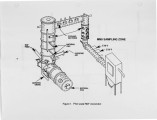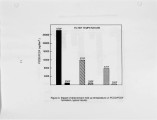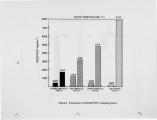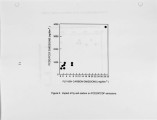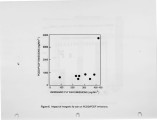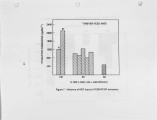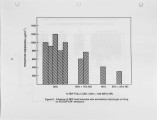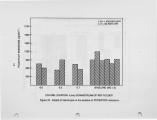| Title |
Pilot Scale Studies on PCDD/PCDF Formation and Control Using the Strategic Cofiring of Natural Gas in Municipal Waste Combustion Systems |
| Creator |
McGrath, T. P.; Seeker, W. R.; Chen, S. L.; Linz, D. G. |
| Publisher |
University of Utah |
| Date |
1990 |
| Spatial Coverage |
presented at San Francisco, California |
| Abstract |
This test program was designed to study the formation and emission of PCDD/PCDF during Refuse Derived Fuel combustion. Tests were conducted in a pilot scale RDF incinerator. Incinerator fly ash hold up for one hour at a temperature of 570F resulted in an 8 to 20 fold increase in PCDD/PCDF content. Reductions in RDF load were found to decrease PCDD/PCDF emissions. Fluctuations in RDF feed rate produced increases in PCDD/PCDF emissions. Test results suggest the dominant PCDD/PCDF formation mechanism(s) in the incinerator involve organic compounds in entrained fly ash. A combustion strategy for PCDD/PCDF emissions control has been developed. Natural gas co-firing allows RDF load reduction while smoothing temporal and spatial fluctuations in the furnace. |
| Type |
Text |
| Format |
application/pdf |
| Language |
eng |
| Rights |
This material may be protected by copyright. Permission required for use in any form. For further information please contact the American Flame Research Committee. |
| Conversion Specifications |
Original scanned with Canon EOS-1Ds Mark II, 16.7 megapixel digital camera and saved as 400 ppi uncompressed TIFF, 16 bit depth. |
| Scanning Technician |
Cliodhna Davis |
| ARK |
ark:/87278/s6zc85fx |
| Setname |
uu_afrc |
| ID |
6398 |
| Reference URL |
https://collections.lib.utah.edu/ark:/87278/s6zc85fx |









